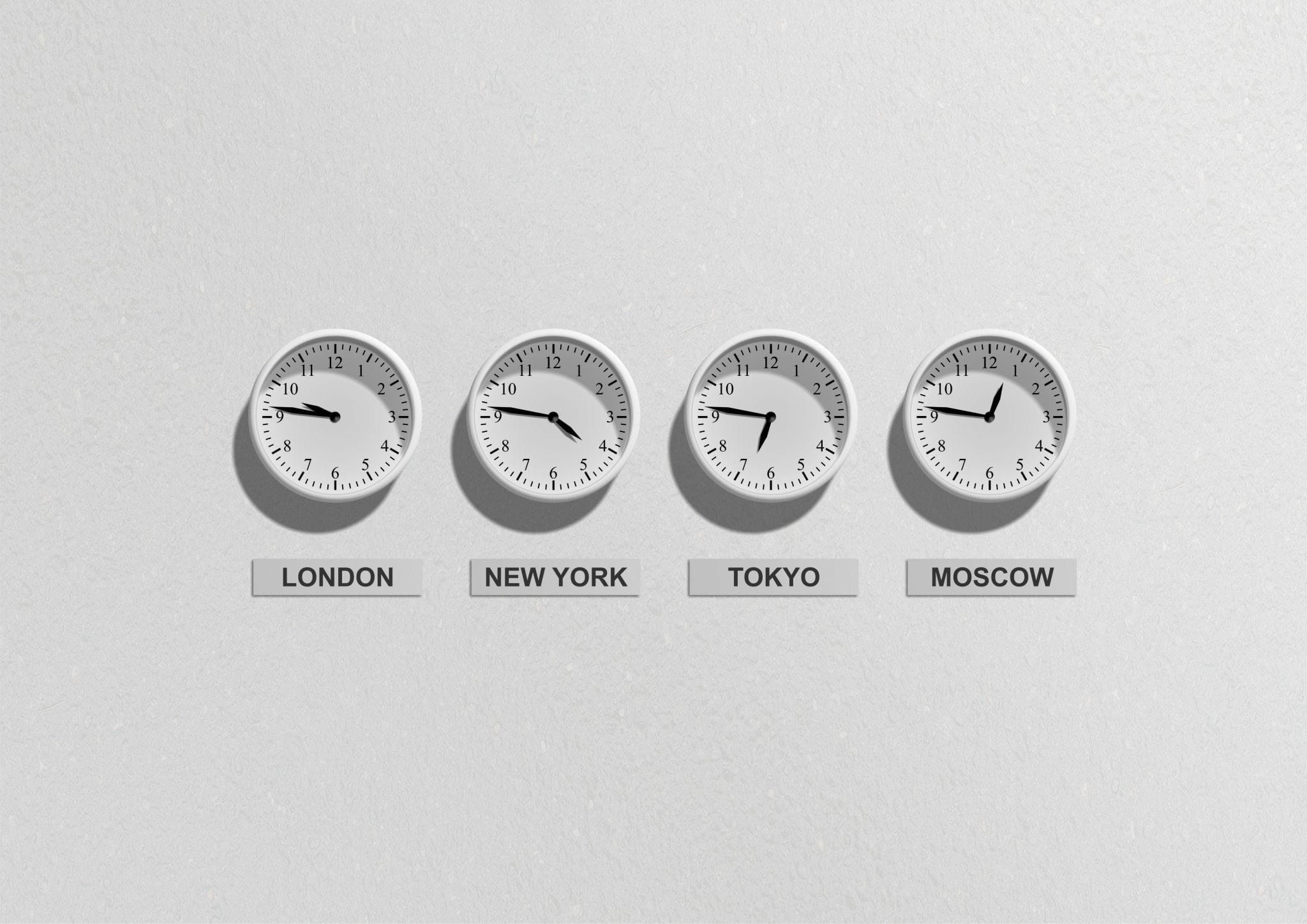Thomas Edison once said, “There’s a way to do it better – find it.” In my opinion, that perfectly sums up what innovation is. But, marketing specialist Will Purcell has a more in-depth definition of how to inovate. “Innovation, as a concept, refers to the process that an individual or organization undertakes to conceptualize brand new products, processes, and ideas, or to approach existing products, processes, and ideas in new ways.”
Purcell adds that in the business world, there are three types of innovation to pursue. These include product, process, and business model innovations. Chasing any of these not only sparks creativity and inspiration, but it can also take your business to new levels.
The most obvious reason is that innovation will help your company grow. In fact, according to economists, between 1870 and 1950, innovation was responsible for 85% of all growth in the US economy. More recently, McKinsey reports that 84% of executives believe that innovation is important to growth strategy.
That actually makes sense. Through innovation, you’re better equipped to reduce waste and costs, embrace new opportunities, and stand out from your competition. Moreover, it can strengthen your relationships with customers and employees. And, it encourages you to continually improves and stay on top of trends so that you’ll remain relevant.
So, yeah. Innovation is incredibly important. And, in my opinion, it’s particularly true in the world we currently live in as we’re surrounded by so much uncertainty.
The good news? There are simple and effective ways to train yourself and your team to become more innovative, such as the following 10 techniques.
1. Cultivate your innovative traits.
There’s a misconception that some people are just born to be innovative. That’s not exactly true. Victor Poirier, a professor at the Institute of Advanced Discovery & Innovation at the University of South Florida, believes we all possess this trait.
“Almost everybody [has] innovative traits,” he told Fast Company. “Some people use them; some people don’t. [I did this research] to make people aware of what traits people do have, wake up dormant traits that they don’t even know they have, and prove the utilization of those traits.”
Which traits specifically? Poirier lists the ability to think abstractly, having deep and broad knowledge, curiosity, openness to risk, grit, and dissatisfaction with the status quo as the most common. If you notice any of these in you or a team member, he suggests seeking out experiences that force you to put them to the test.
For example, you’ve noticed that you’ve got some grit in you. You decide to strengthen this trait. You can do so by developing alternative plans to handle potential setbacks.
Poirier also recommends that you put yourself in environments that are conducive to innovation. And, you should have some ego since this can push you out of your comfort zone. Just make sure to keep it in check.
2. Turn “I can’t” into “I can.”
From my experiences, we often don’t chase innovation because there are roadblocks in the way. For example, maybe the COVID-19 pandemic forced you to close your retail shop. Instead of “I can’t make money because I can’t have indoor gatherings,” look for alternatives, such as opening an online shop.
That may sound simplistic. But, it’s possible if you start small and track your progress. Most importantly, believe in yourself. As Carolyn Rubenstein, author of Perseverance, puts it, “Don’t give yourself any other option. If other people can do it, so can you.”
3. Don’t discount “crazy” ideas.
Airplanes, coffee, light bulbs, personal computers, and vaccines. All are a part of daily life. But did you know that they were initially ridiculed?
The point is, never listen to the naysayers. Whenever you have an idea, jot it down and run with it if it keeps nagging you. It might not change the world. But, life is too short to live with regrets.
4. Shake things up.
I have nothing against routines. In addition to providing structure, it pretty much automates planning. At the same time, monotony can put you in a rut.
To avoid this and light the creativity spark, find ways to diverge from the normal — ideally every day. It could be something as small as eating something different for breakfast or working somewhere besides your office. Or, it could more of a shock to the system, like rearranging your home or traveling abroad.
5. Be constantly curious.
“Humans are naturally curious—anyone who’s spent time with a toddler knows that a hunger to figure things out is a primal motivating force,” wrote Neil Blumenthal, Co-founder, and Co-CEO of Warby Parker. “Learning also leads to ideation: the more you know, the more you imagine.”
“We’ve institutionalized learning in a few ways— by creating employee book clubs and establishing Warby Parker Academy, a program that offers free workshops on everything from frame design to public speaking to retail real estate to fantasy football,” adds Blumenthal. “Learning naturally leads to cross-pollination and ideation. Ideation can lead to action. Action is how innovation comes to life.
One of my favorite ways to cultivate curiosity is to just talk to others. It could be an employee, friend, or stranger you’ve just met at the airport. Actually, listening to others is a great way to learn new things and gain fresh perspectives.
6. Ban things.
While this may sound counterintuitive, Annabel Action, founder of the site Never Liked It Anyway, has a different opinion. When you have constraints and parameters in place, it can “inspire innovation by forcing you to think dynamically and creatively.”
“As an exercise, start banning things and exploring the implications,” recommends Annabel. Ban words, resources, and your primary target market. You could even take it further by banning “your default communication tools.” In most cases, “the ideas you settle on will likely be watered down versions of your initial suggestions, but the point of this exercise is to spark new thoughts on how to do the same old things.”
7. Involve others.
Even if you’re a solopreneur or pride yourself on being a lone wolf, the reality is that innovation stifles when other’s aren’t involved. You need someone to bounce ideas off of and then have them bring in their own diverse knowledge, experiences, and perspectives.
And, sometimes this can push you beyond your limitations. Take the “amazing competition” between John Lennon and Paul McCartney.
“It was a great way for us to keep each other on our toes,” Paul told Uncut in 2004. “I’d write ‘Yesterday,’ and John would go away and write ‘Norwegian Wood.’ If he wrote ‘Strawberry Fields, it was like he’d upped the ante, so I had to come up with something as good as ‘Penny Lane.’”
8. Enjoy the silence.
While you should definitely surround yourself with others, you also need time to be alone. Silence can lower blood pressure, bolster your immune system, and gives you a chance to reflect.
Silence also generates new cells in the hippocampus region of the brain, which is linked to learning, remembering, and emotions. Additionally, it can inspire creativity.
“When allowing thoughts to go where they will, inspiration may bubble up,” writes Suzanne Kane for PsychCentral. “Solutions to current or long-standing problems may suddenly occur to you, or a work-around or innovative approach may seem more feasible.”
9. Give failure a hug.
Richard Branson says: “Don’t let the fear of failure become an obstacle. You can create your own luck by opening the door to change, progression, and success.”
No one wants to fail. And, as someone who experienced it, it sucks. But, failure isn’t your enemy. It’s a friend who lets you know what works and what doesn’t so that you can find different ways to overcome obstacles.
10. Juggle multiple areas of interest.
“Truly great innovators aren’t satisfied with focusing on one project,” Deep Patel wrote in a previous Entrepreneur article. “They feel driven to pursue multiple ventures and interests, which may overlap and feed off of each other.” In other words, they possess multipotentiality, “or the ability to excel in multiple areas and fields.”
“It may seem like some creative people are easily distracted, constantly bouncing from one thing to the next,” explains Deep. “In reality, they are just wired to be interested in many things. They may feel a calling to dive into multiple projects because their wide range of creative interests pulls them in different directions.”










